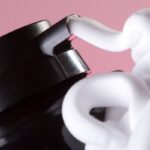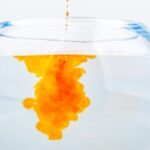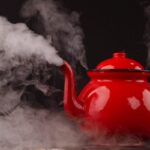We explain what a suspension is in chemistry, its phases and main characteristics. Also, its properties and experiments.
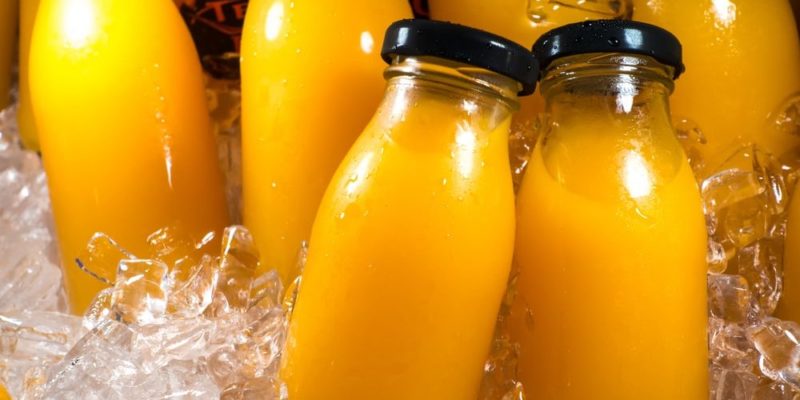
What is a chemical suspension?
In chemistry, suspension is understood to be a type of heterogeneous mixture consisting of small particles of a solid dispersed in a liquid medium in which they cannot dissolve. The name “suspension” comes from the fact that the particles become suspended. That is, the solid does not dissolve in the liquid, even if it is microscopic solid particles.
All suspensions, then, are made up of:
- Dispersed phase. It is the solid phase. It consists of fine solid particles that are insoluble in the liquid or dispersing phase.
- dispersing phase. It is the liquid phase (also called continuous or external). It consists of a liquid of a watery or fatty nature.
Besides, They usually contain surfactants which are dispersing agents, whose role is to prevent solids from agglutinating or settling; and even stabilizing substances, which keep the suspension in balance. These last two elements are fundamental in the industrial production of suspensions.
Suspensions are very useful in various industries and are the fundamental principle of the aerosol. A fruit juice is an example of a suspension, since the solid pulp is suspended in the water, but if given enough time, it will settle under the action of gravity to the bottom of the container. But if we shake it, it temporarily recovers its properties.
See also: Methods for separating mixtures
Properties of a suspension
The suspensions are, for the most part, not very stable. This is because the solid particles can be homogeneously distributed in the continuous phase without agglutinating or settling only for a certain time.
The stability period depends essentially on the viscosity of the continuous phase (the higher the viscosity, the longer the time), the size of the dispersed particles and the temperature at which the compound is found. In addition, stabilizing or anti-caking additives are usually used to maximize the stability period.
On the other hand, the suspensions may seem inseparable, but given enough time it is possible to decant both phases and allow the solids to settle. Besides, can be completely separated only by specific filtration or centrifugation methods.
Another interesting property of suspensions is that can act as solids under certain circumstances and as liquids in others. Thus, they can flow like liquids, but offer a certain hardness to impacts like solids do.
Emulsion and suspension

Emulsions and suspensions are, in some ways, similar. The former are also heterogeneous mixtures of phases that do not interact 100%, but in this case they are both liquid, that is, An emulsion is a heterogeneous mixture of immiscible liquids.
Temporarily, these two liquids are indistinguishable from each other, but if given enough time, they will separate just as suspensions do. Of course: unlike emulsions, suspensions do not have a specific color.
Suspension experiments
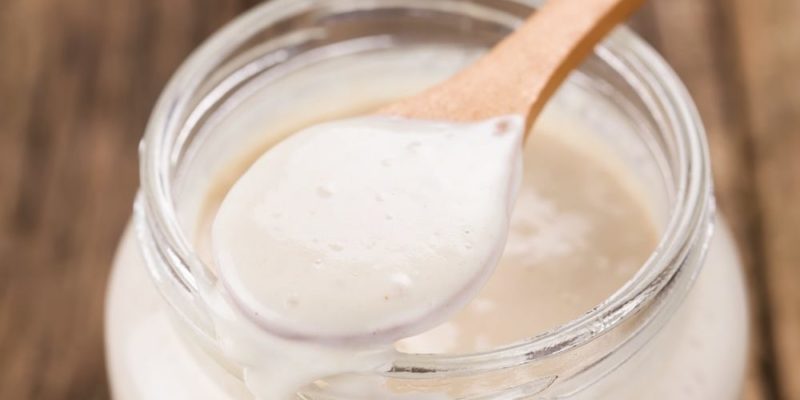
Next, we will explain a couple of home experiments to demonstrate the properties of the suspensions:
- Corn flour suspension
- You will need 1 cup of flour or cornstarch, 1 bowl, about ½ cup of water, a spoon, a pie plate.
- Instructions. Pour the flour or cornstarch into the large bowl, and slowly add the water while stirring with the spoon. Do not add all the water if it is not necessary. Once you get a watery consistency, hold the mixture in your hands and watch it pour out. Then tap the suspension with one hand and see how it resists, as if it were a solid. Pour unmixed water into the standing plate and try to repeat the sensations: hold it and hit it. Record the differences between the liquid and the suspension.
- Talc suspension
- You will need. 2 tablespoons of talcum powder, a glass of water, a spoon.
- Instructions. Pour the talcum powder into the glass of water gradually, while stirring with the spoon, until you obtain a uniform mixture. Take note, if there are any, of the solid remains at the bottom of the glass. Place the glass in a place where no one touches it and it is at rest. Come back in 5 minutes. Take note, if there are any, of any solid remains on the bottom of the glass. Repeat the procedure after 10, 15, 20 and 30 minutes to observe how the suspended solids settle to the bottom, separating the two phases.
Continue with: Homogeneous mixture
References
- “Suspension (chemistry)” on Wikipedia.
- “Suspensions” (video) in Chemistry in small steps.
- “Definition of Suspension” in Chemicool Dictionary.
- “Suspensions, colloids and solutions” (video) on Khan Academy.
- “Suspension (chemistry)” in The Encyclopaedia Britannica.

